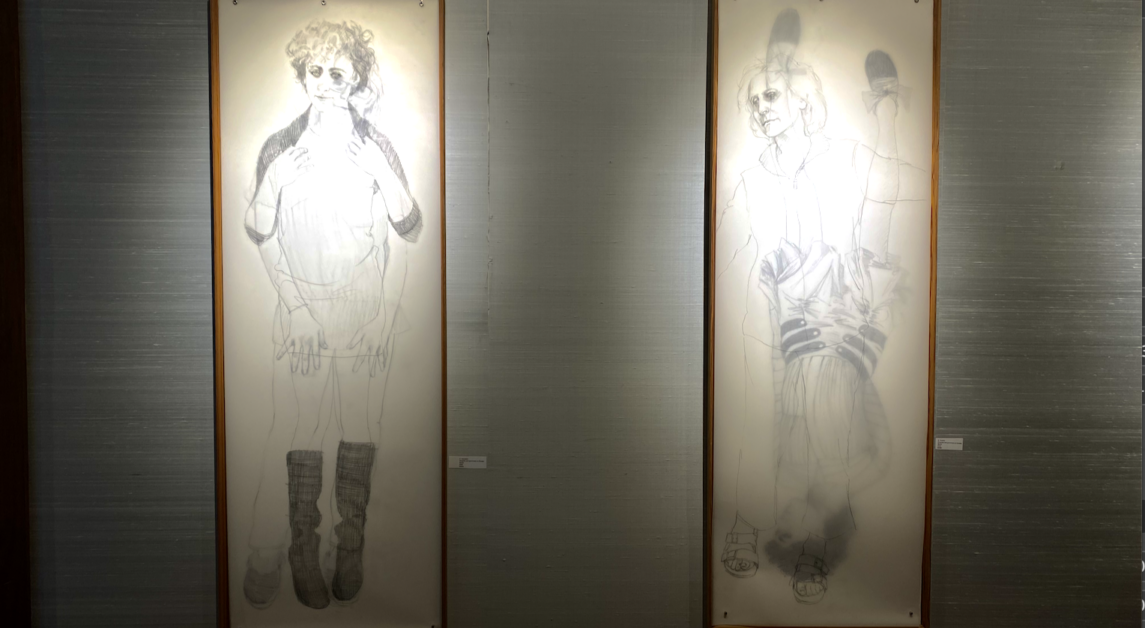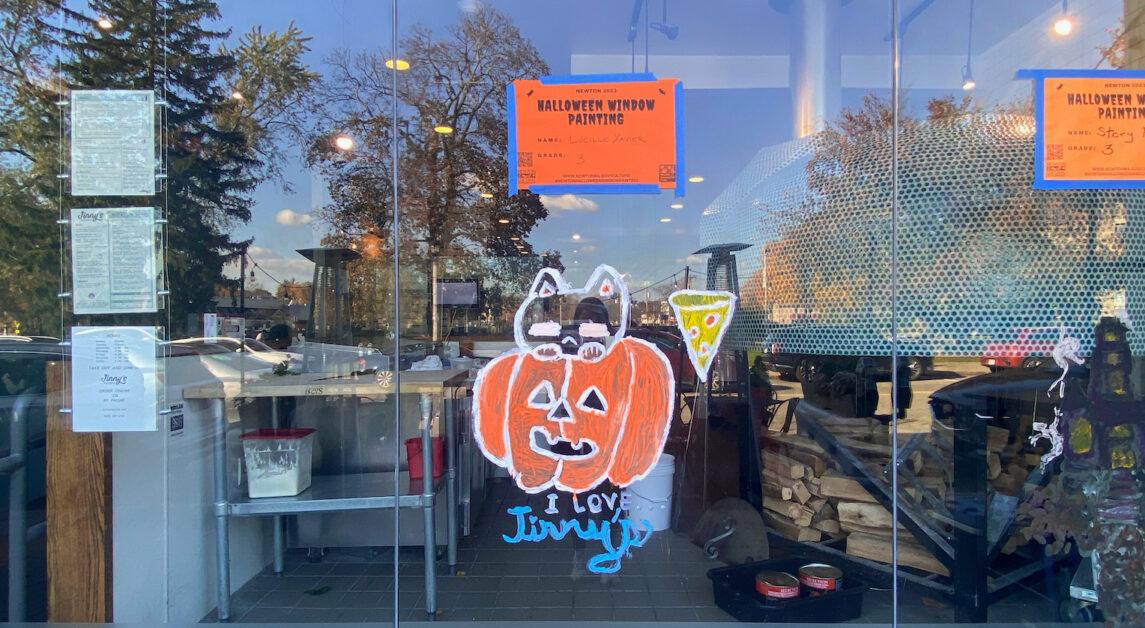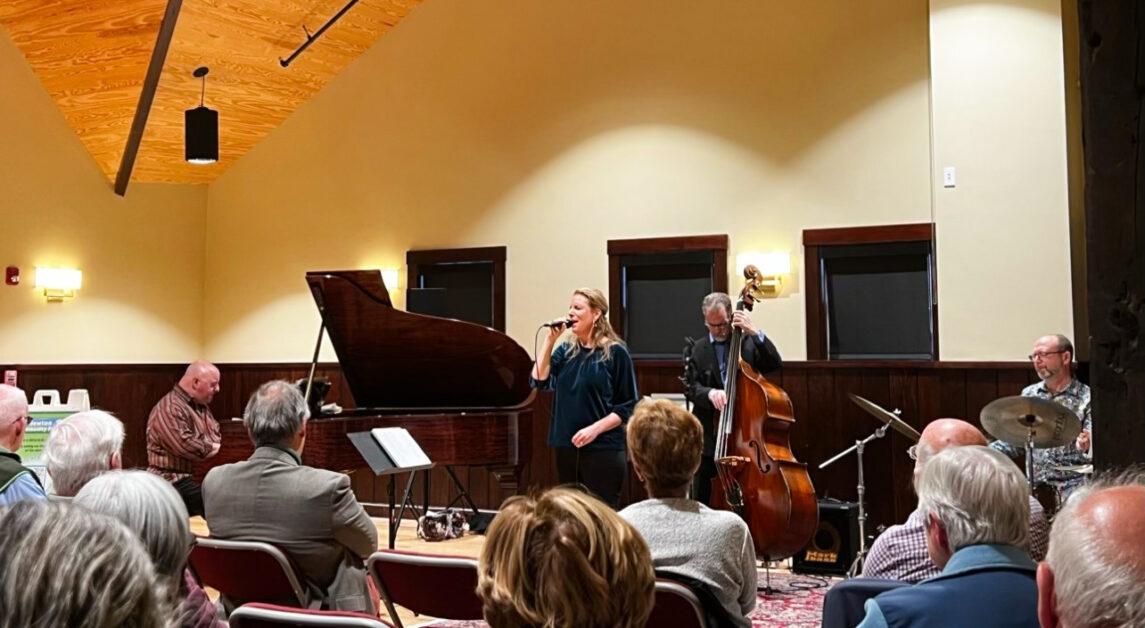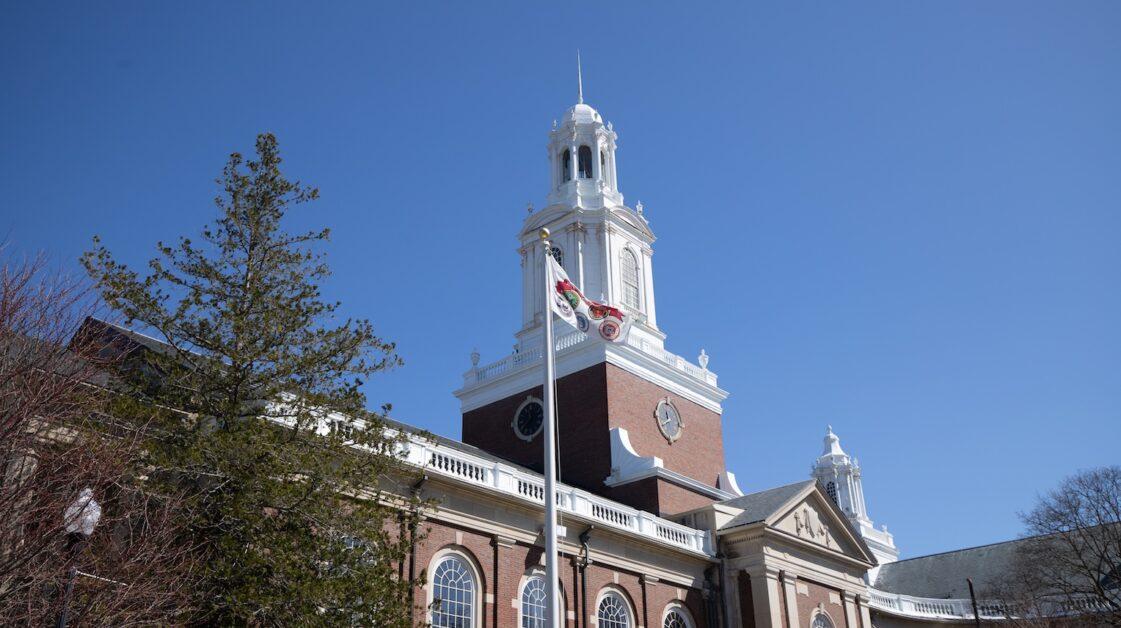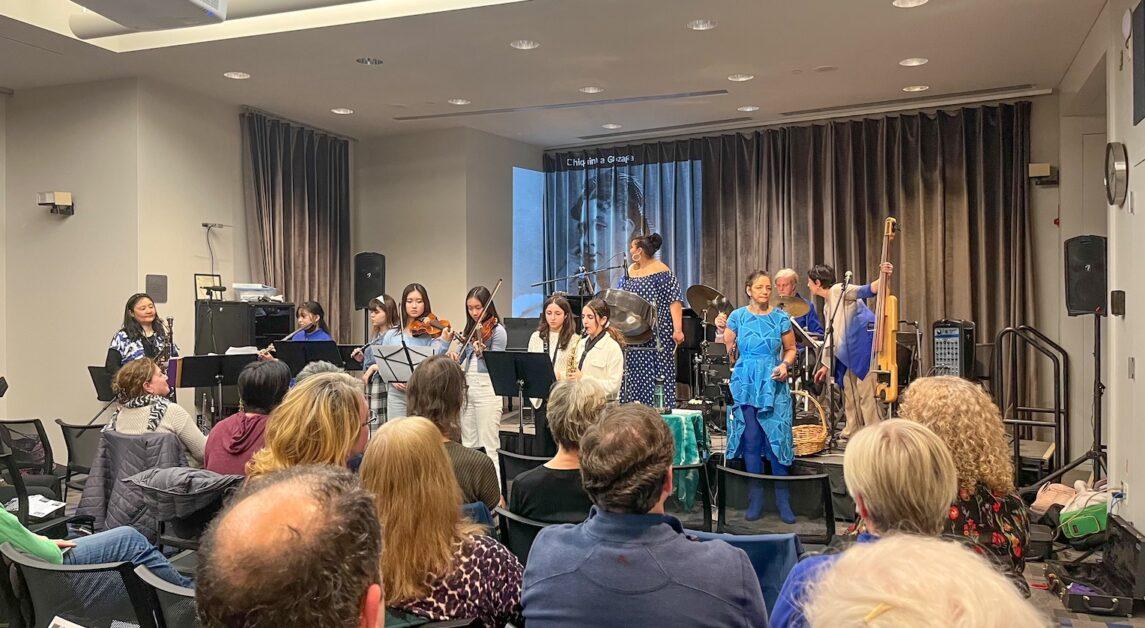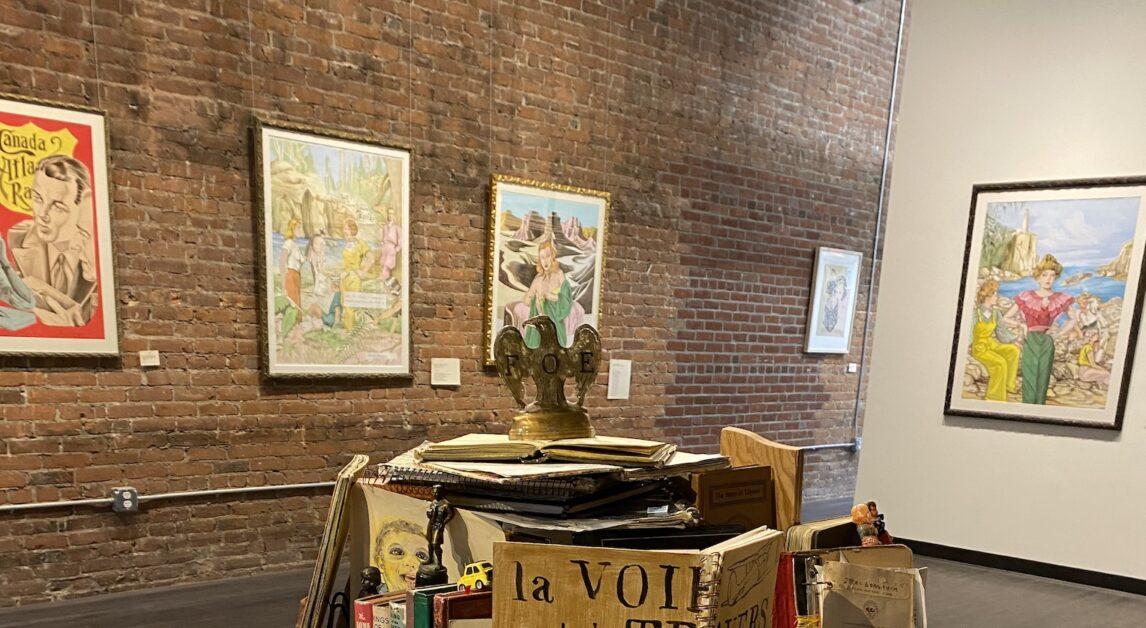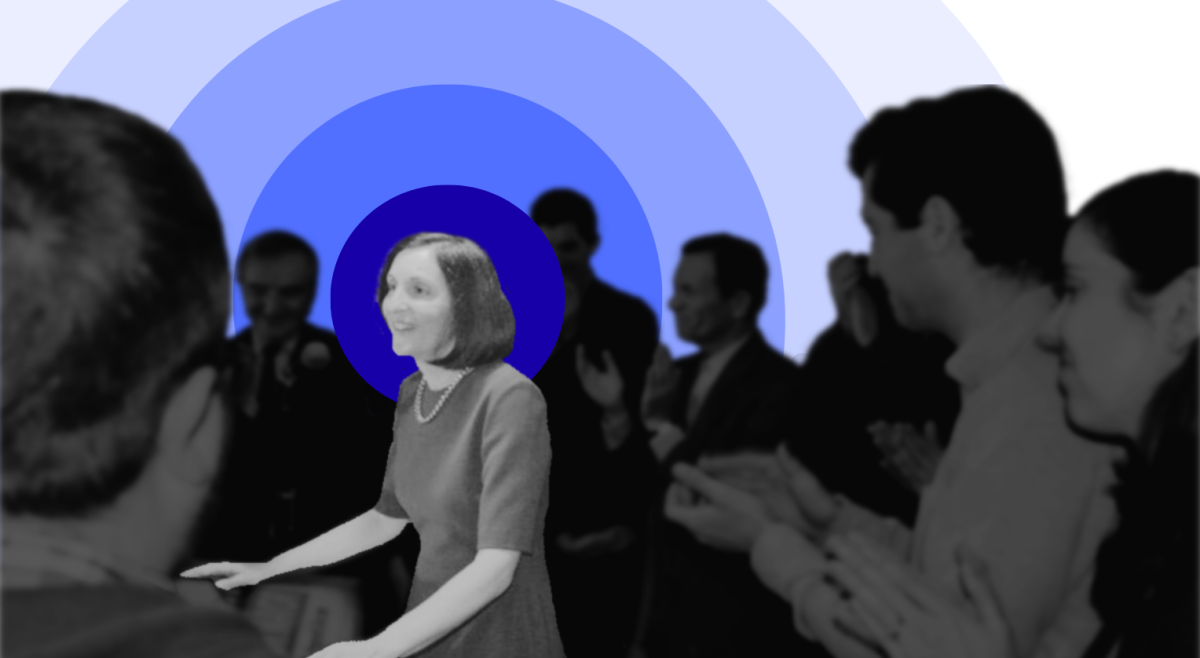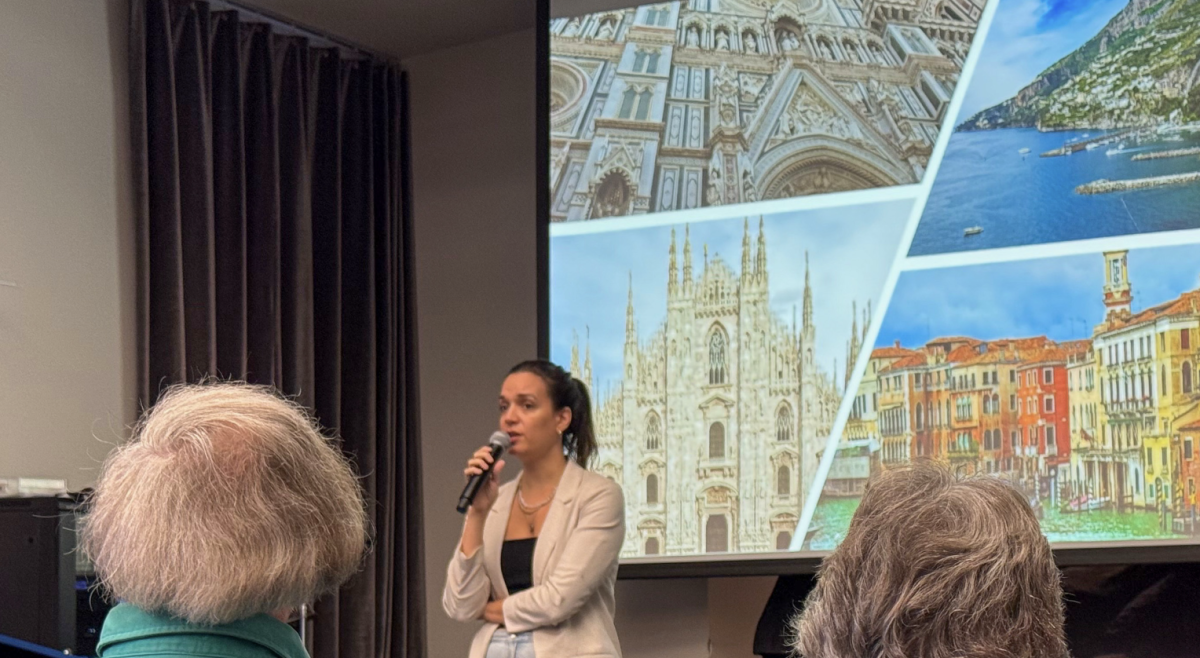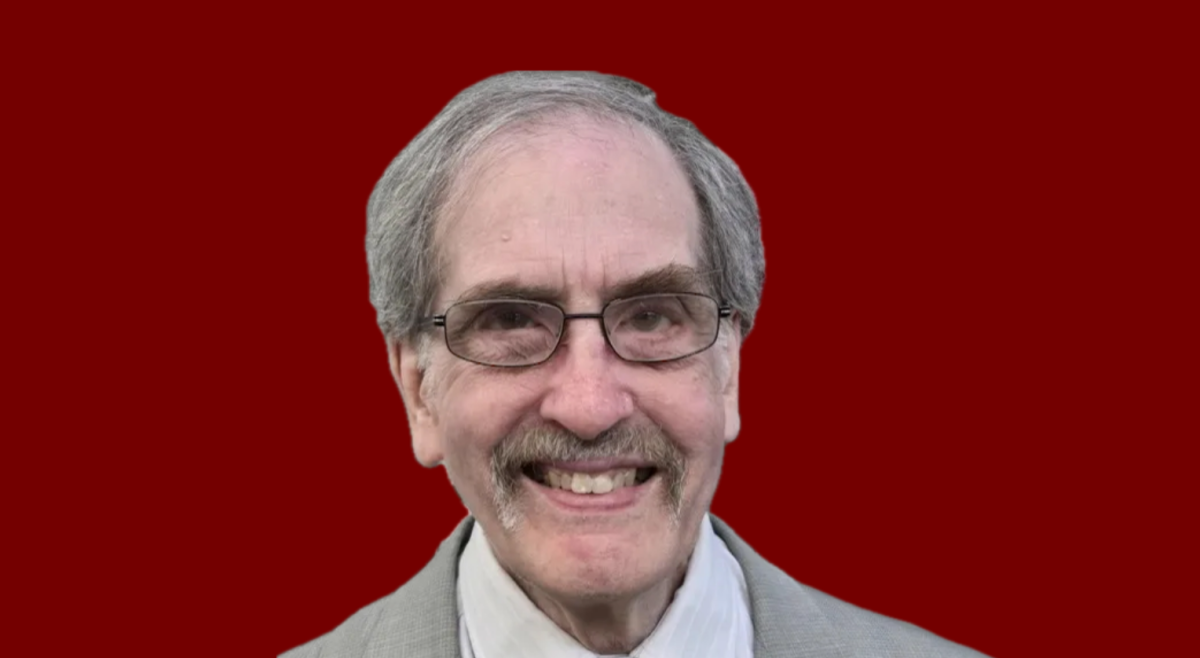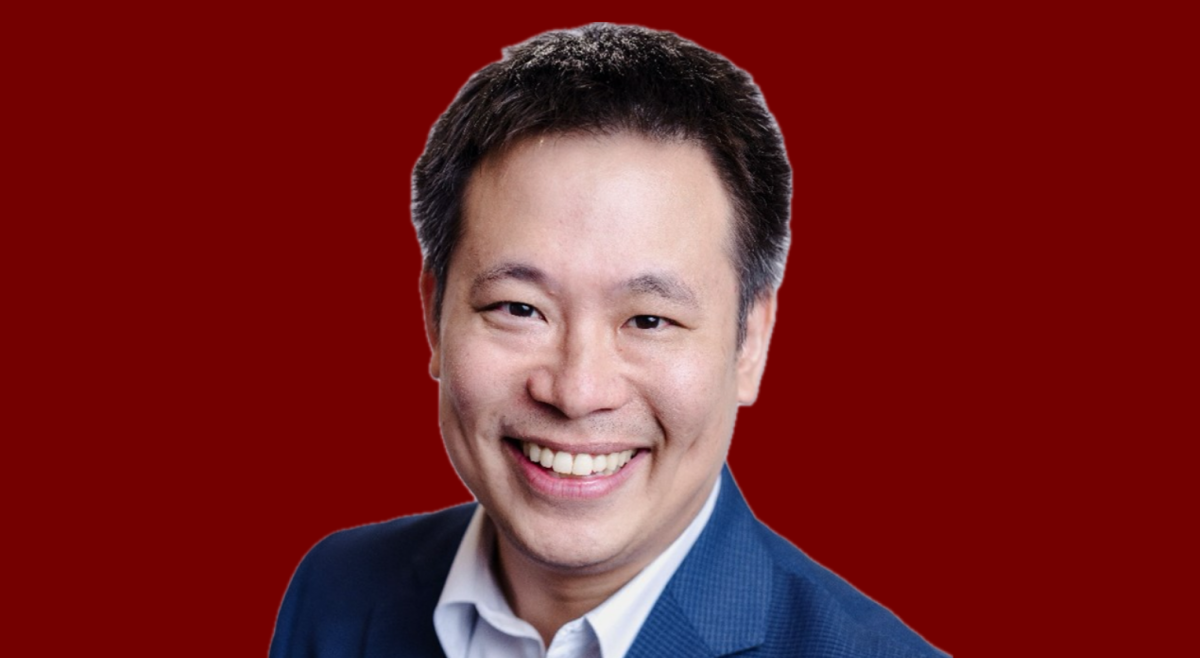On Sept. 26, the Isabella Stewart Gardner Museum (ISG) hosted the latest installation of its new music series, Thursdays Live. A collection of jazz, hip-hop, R&B, and spoken word performances, it brought to Boston two Chicago-based performers, Sam Trump and Harold Green.
With a ukulele, a bongo, a synthesizer, a trumpet, and his voice, Trump casually demonstrated his musical versatility, a skill he refined while earning a degree in Jazz Studies (trumpet) from Columbia College Chicago.
Likewise, Green wasn’t shy, speaking slow and steady with a voice that’s deep but has a touch of an unusual twang that makes his verse all the more captivating. Every once in a while, he’d make sure to tell the audience to tune back in when an especially good part was coming up.
Catherine Morris, Manager of Public Programs at the Isabella Stewart Gardner Museum (ISG), introduced the show and the series, which aims to “[celebrate] the personal and cultural in Boston.”
Morris came to the Gardner in 2018 as the public programs manager. For years, she has planned cultural events around Boston and has overseen music programs and radio stations. Morris also founded Boston Art and Music Soul (BAMS) and directs a summer festival that recognizes and celebrates artists from communities of color around Boston.
Trump’s video for his song “Brother” caught Morris’ eye years ago, so she brought him to Boston for BAMS Fest in 2017. Recently, she saw a video of Green’s “Permission,” and invited them to perform together at ISG.
The show opened with NwaSoul, a Boston-based jazz/rock/hip-hop band. A group of Berklee alumni, the band is currently in residency at Darryl’s Corner Bar and Kitchen.
Singer Tricia Reed stood at the front of the stage surrounded by her bandmates: Aaron Venable (drums), Antonio Loomis (guitar), Craig Hill (sax), Daniel Abraham (keyboard), and Ben Stepner (keyboard). When she wasn’t singing, she took advantage of the space, swaying and spinning to whatever instrument played the next solo.
Rain-soaked but happy, a steady flow of visitors—many of whom knew one another—streamed into Calderwood Hall. The audience was an eclectic bunch, including families and couples, groups of friends, a pair of strangers dancing in the left corner, and Morris’ young son perched on a red seat with his feet swinging above the floor.
The artists curated a specialized setlist for this performance that merged their respective works together. The collaboration brought the performers’ respect for one another to a new height, each of them often pausing between songs to incite a round of applause for the other.
The performance hit the ground running and only gained traction, despite a few issues with the audio. Trump excited the audience with many promises of “new stuff,” checking himself as he nearly fired off an expletive. Considering Trump’s relaxed countenance, his performance had an unexpected energy that made its way into the crowd.
Even after having extending their performance by an easy 40 minutes, though, the pair still had to cut a handful of songs from their set. The set was pretty divided into two parts, each with its own theme. Trump and Green began with a series of “self-affirming songs,” featuring titles such as “Acceptance,” “Ain’t It Amazing,” and “Goods and Services.”
“Ain’t it amazing that there’s enough room for everyone’s purpose to be fulfilled?” Trump said and had the audience repeat.
About halfway through the show, they asked the light booth to turn the lights red when they transitioned to works about love—some of which were kind of like carpe diem poems, but with respect.
“If your faith ever been dried up, please let my poetry be lotion,” Green said in his verse.
Trump and his bandmates—Joshua Griff (bass), Leonard Maddox (drums), and Justin Dillard (keyboard)—had an easy rapport, often laughing and sharing looks in between songs. By the end of the show, the same could be said about the interplay between the performers and the audience. Once Green brought to the stage and serenaded an audience member, the audience lost all its inhibitions, laughing and snapping to the verse.
The ways that Trump and Green can play with the meaning of words, molding metaphors, rhymes, and double entendres aplenty, ensures that the depth of their content contends with the linguistic structure of the work. To them both, life and love are intertwined—to love is to live. In both the works they performed and the ways they performed them, the pair made that very clear.
“The closest I ever got to living was the closest I ever got to you,” Trump sang.
Featured Image by Mary Wilkie / Heights Editor

